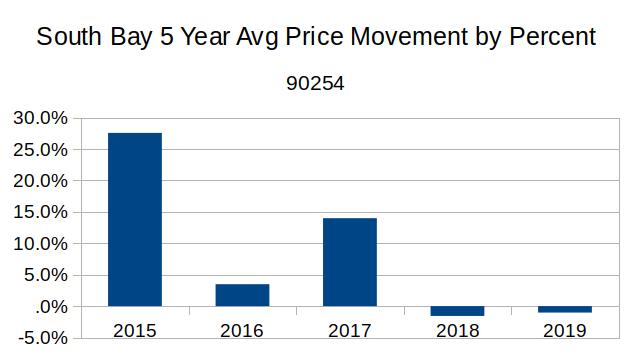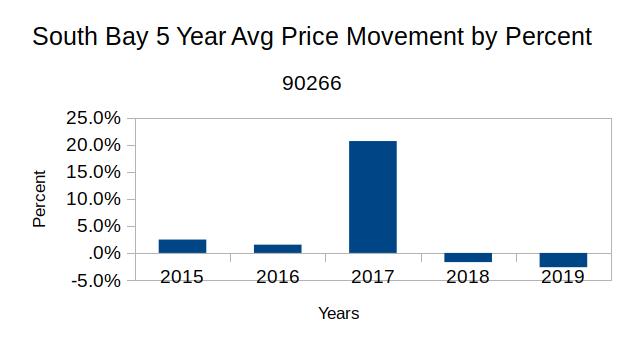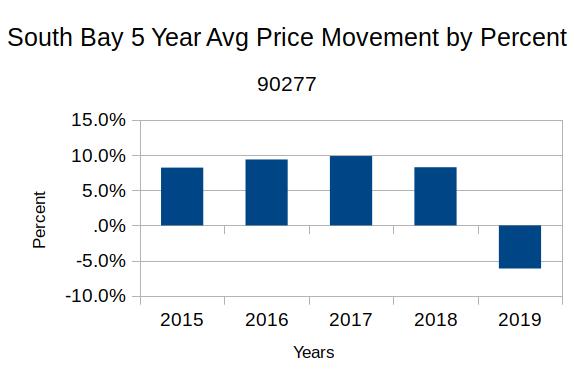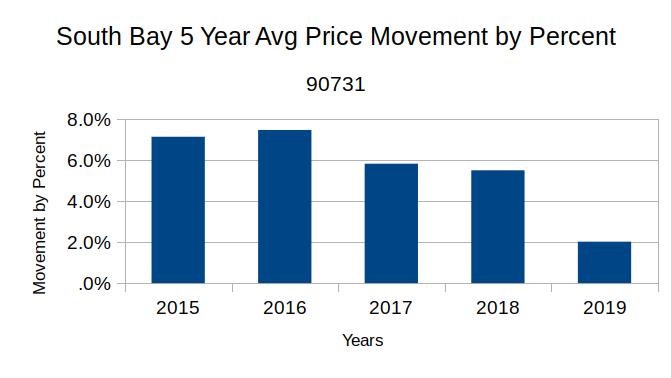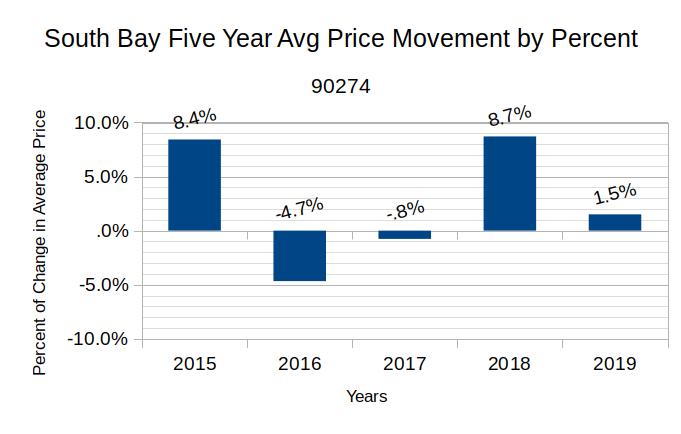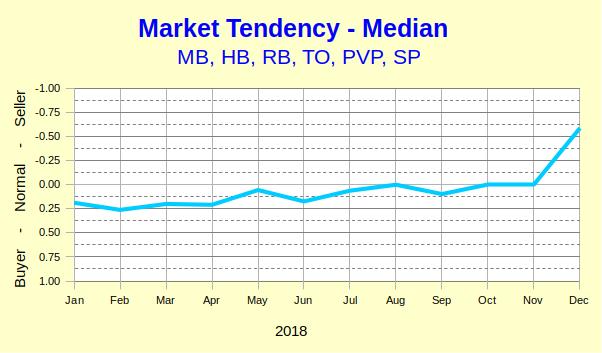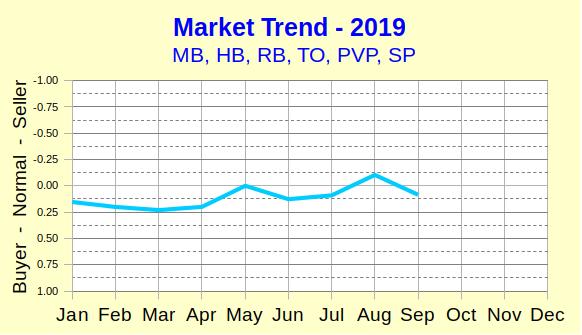First, how does one pronounce that impossible looking name? “Bœuf,” French for “beef,” sounds like a cross between “bif” and “buff.” Say it quickly and you’ll be close enough. “Bourguignon” is bu̇r-gēn-ˈyȯn. Just remember that the letters “g-n” are pronounced in French as though they were “n-y.”

But, you don’t need to pronounce it to love it. This is the dish Julia Child described as”…certainly one of the most delicious beef dishes concocted by man.” This version is considerably simpler than that in Julia’s landmark book, “Mastering the Art of French Cooking.”
Remember to use a good wine—a bad wine doesn’t improve with cooking.
This recipe can be adapted for a slow-cooker. Before loading up the pot, be sure to brown the ingredients as noted here. All ingredients can be added at the beginning except the mushrooms, which should be added at the end.
Ingredients
- 3 tablespoons olive oil
- 3 pounds boneless beef rump roast, cut into 1-inch pieces
- 12 ounces button mushrooms (trimmed), halved or quartered if large
- Coarse salt and ground pepper
- 5 strips bacon, cut into 1/2-inch pieces
- 1 white onion, coarsely chopped
- 1 tablespoon tomato paste
- 2 tablespoons all-purpose flour
- 3 cups dry red wine
- 2 cups beef stock
- 2 bay leaves
- 4 garlic cloves, smashed and peeled
- 4 carrots, peeled and cut into 1-inch pieces
- 10 ounces pearl onions, peeled
- 1 tablespoon butter, cut into pieces
- 2 tablespoons fresh parsley, chopped (optional)
Process
- Preheat oven to 350 degrees.
- In a large Dutch oven or oven-safe pot with a tight fitting lid, heat 2 tablespoons oil over medium-high. Add mushrooms and pearl onions. Cook until browned, about 10 minutes, then set aside.
- Season beef generously with salt and pepper and add to pot. In batches, brown beef on all sides, 2 to 3 minutes per batch (adding up to 1 tablespoon oil per batch, if needed); transfer to plate.
- Pour off all but 1 tablespoon fat from pot. Add bacon and chopped onion. Cook over medium heat until brown, about 5 minutes.
- Add tomato paste; cook, stirring, for about 30 seconds.
- Add flour and cook, stirring, 30 seconds.
- Return beef to pot; add wine, broth, bay leaf, and garlic. Bring to a boil, cover, and transfer pot to oven; cook 1 1/2 hours.
- Add carrots and cook until meat is very tender, 1 to 1 1/2 hours more, adding mushrooms 15 minutes before end of cooking.
- Stir butter into stew and serve topped with parsley.
Serve spooned over noodles, rice or mashed potatoes, or even a baguette.
Adapted from Martha Stewart’ version of Julia Child’s quintessential recipe. Wine photo by Lefteris kallergis on Unsplash. Food photo by unknown.




